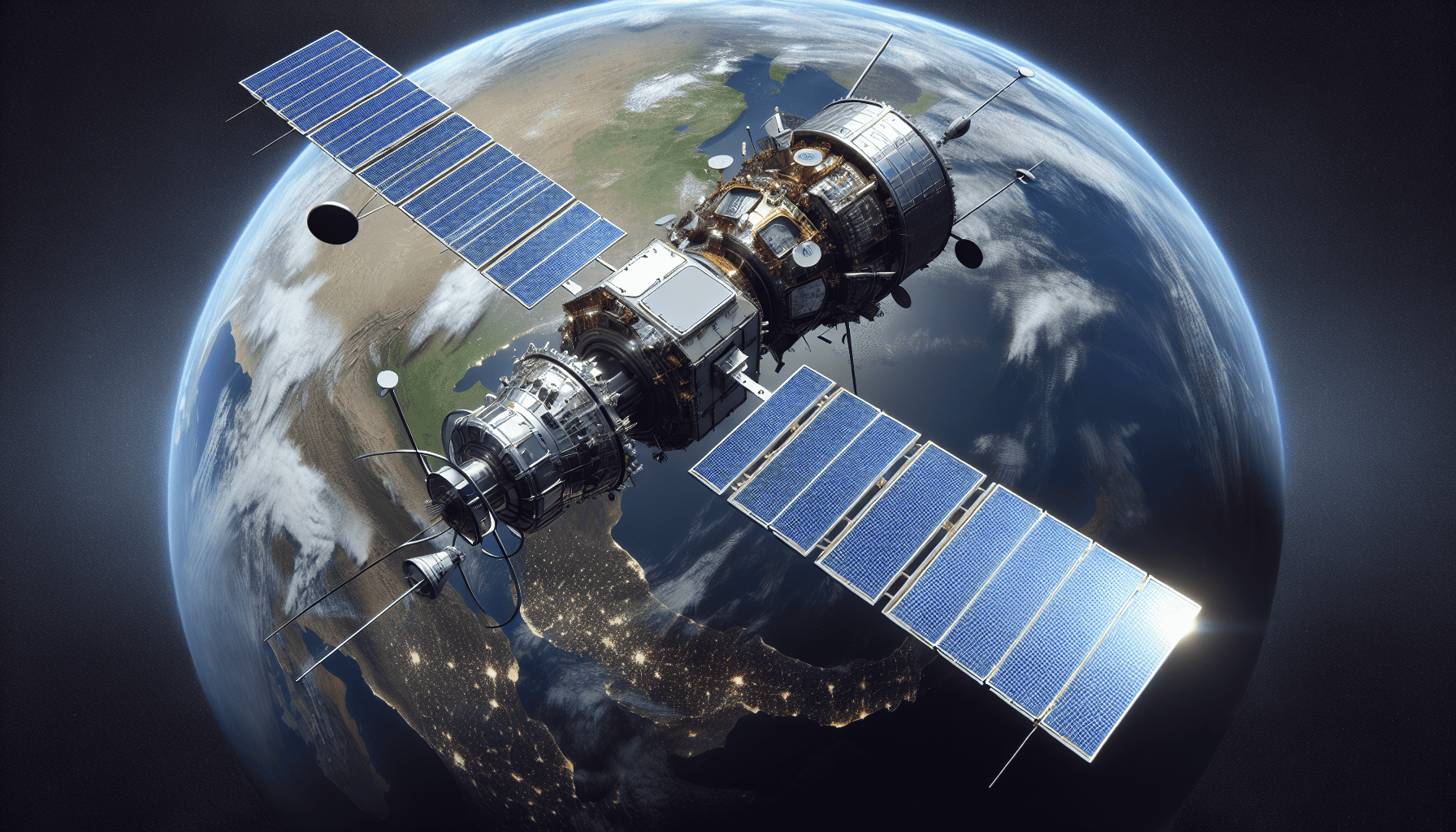In an era defined by rapid technological advancements and an increasing demand for seamless global communication, satellite connectivity solutions have emerged as a vital component of modern telecommunications infrastructure. These advanced technologies are transforming how individuals, businesses, and governments connect across vast distances, breaking down geographical barriers and enabling a truly global exchange of information.
At the heart of these revolutionary solutions is the capability to provide communication services in regions where traditional terrestrial infrastructure is lacking. Satellite connectivity offers a lifeline to remote and underserved areas, ensuring that communities have access to essential services such as internet, telephony, and broadcasting. This not only enhances local economies but also promotes digital inclusion on a global scale.
One of the key advancements in satellite technology is the deployment of low Earth orbit (LEO) satellite constellations. Unlike traditional geostationary satellites, which orbit at higher altitudes, LEO satellites operate closer to the Earth, significantly reducing latency and improving the quality of real-time data transmission. This advancement is particularly crucial for applications such as high-speed internet and Voice over Internet Protocol (VoIP) services, which require minimal delay for optimal performance.
Moreover, the advent of high-throughput satellites (HTS) has further propelled the capabilities of satellite connectivity. These satellites are designed to deliver significantly higher data transfer rates compared to their predecessors, making them ideal for handling the increasing data demands of modern users. With HTS, businesses and consumers can enjoy high-speed internet access even in the most remote corners of the globe, fostering opportunities for e-commerce, education, and telemedicine.
The integration of satellite connectivity into the global communications grid also enhances disaster response and management. In the aftermath of natural disasters, terrestrial networks are often compromised, leaving communities isolated and vulnerable. Satellite technology provides an invaluable backup, enabling emergency services to coordinate rescue efforts, deliver timely updates, and offer crucial communication channels for affected populations.
Furthermore, satellite solutions play a pivotal role in advancing the Internet of Things (IoT) landscape. By providing reliable connectivity for IoT devices worldwide, satellites enable smart applications in agriculture, transportation, and environmental monitoring, among others. This not only optimizes resource management but also contributes to sustainable development goals by reducing waste and improving efficiency.
In the business sector, satellite connectivity is revolutionizing industries such as maritime, aviation, and logistics. Ships and aircraft can maintain constant communication no matter their location, enhancing safety, navigation, and operational efficiency. Additionally, logistics companies can track and manage their fleets with precision, reducing costs and improving service delivery.
Investment in satellite infrastructure is also driving innovation in space technology. The increasing demand for satellite services has spurred research and development efforts, leading to more cost-effective launch systems and satellite manufacturing processes. This, in turn, is making space more accessible to both established players and new entrants, fostering a competitive environment that further accelerates advancements in the field.
Despite its many advantages, the satellite industry continues to face challenges. Issues such as space debris, spectrum allocation, and regulatory hurdles must be addressed to ensure sustainable growth. Collaborative efforts between governments, private companies, and international organizations are essential to create frameworks that support the responsible use of satellite technology.
As we look to the future, the potential of satellite connectivity solutions is boundless. With continuous innovation and strategic partnerships, these technologies will further enhance global communications, driving the next wave of digital transformation and connecting people, communities, and businesses like never before. Whether it’s bridging the digital divide, enabling smart technologies, or safeguarding our world in times of crisis, satellite connectivity is a cornerstone of our interconnected future.
